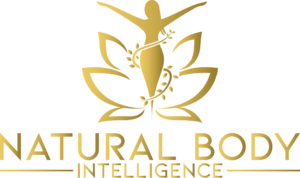Hyperactivity: The Body’s Call for Calm and Grounding
Hyperactivity is not a disorder but a sign that the body and nervous system are overstimulated and struggling to find equilibrium. The restlessness, impulsiveness, and constant motion reflect excess energy without direction — a system running faster than it can manage. Rather than needing suppression, hyperactivity calls for stillness, nourishment, and restoration of the body’s natural rhythm.
From a Natural Hygiene perspective, hyperactivity arises when vitality is misused through stimulation rather than true nourishment. Refined sugar, artificial colours, processed foods, caffeine, and emotional overstimulation create waves of artificial energy, exciting the nervous system beyond its natural balance. The result is a cycle of overactivity followed by fatigue, prompting the body to seek even more stimulation to stay alert. Over time, the nerves become exhausted and hypersensitive, unable to regulate energy smoothly.
Children are especially prone to this imbalance because their bodies are naturally energetic and responsive. When their diet is filled with sweets, processed snacks, and constant media exposure, their nervous systems become overwhelmed. Instead of flowing energy, they experience bursts of chaotic motion and difficulty concentrating. Yet this behaviour is not misbehaviour — it is the body’s protest against chemical and emotional overload.
Healing begins with simplicity. Removing stimulants from the diet — especially refined sugar, artificial additives, and caffeine — allows the nervous system to stabilise. Fresh fruits, vegetables, and natural fats from avocados and nuts provide steady energy without strain. Fasting or short fruit cleanses help the body release built-up irritants and restore calm.
Rest is equally important. True hyperactivity is often a form of hidden exhaustion — the body’s attempt to push through fatigue. Regular sleep, quiet time, and deep breathing help slow the pulse and calm the mind. Outdoor play in natural settings — sunshine, barefoot contact with the earth, and open movement — helps discharge excess nervous energy while reconnecting the child or adult with the grounding rhythm of nature.
Emotional safety also plays a role. Many hyperactive individuals absorb stress from their environment — tension, noise, or emotional conflict — and express it physically. Creating calm surroundings, gentle routines, and loving communication allows their nervous system to settle.
Hyperactivity is the body’s call for calm, nourishment, and natural rhythm. When stimulation gives way to simplicity, rest, and real connection, the body no longer needs to shout through constant motion. The result is focus, peace, and a renewed ability to channel energy into creativity and joy.


